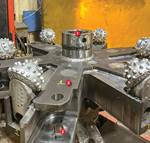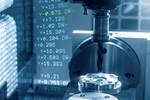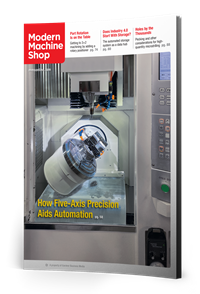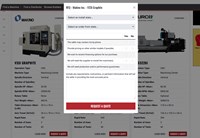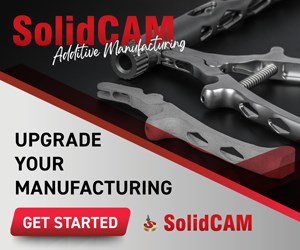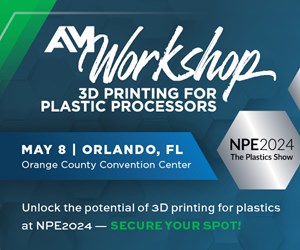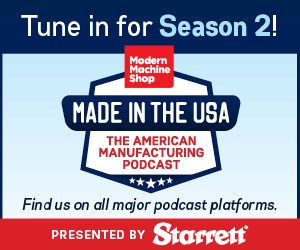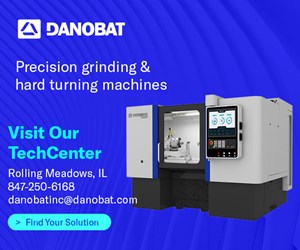Video: Moldmaker Succeeding with Conformal Cooling
Machining complemented by metal 3D printing enables B&J Specialty to create inserts with cooling channels that follow the contours of the mold.
B&J Specialty of Wawaka, Indiana, now complements its machining capabilities with metal 3D printing for making mold inserts that have conformal cooling channels—meaning channels that are not straight drilled holes, but instead follow the contours of the mold. The superior cooling that results improves the performance of the mold. The effect has been so dramatic that B&J is now revisiting challenging molds from the past. The company’s Jarod Rauch talked about this with me in a conversation we filmed at the Additive Manufacturing Conference.
Transcript:
Peter Zelinski, Additive Manufacturing
I’m Pete Zelinski with Additive Manufacturing magazine and I am here with Jarod Rauch, who is the additive division manager of B & J Specialty, a maker of molds, dies, specialty tooling….
Jarod Rauch, B&J Specialty
Our machining capability consists of three-, four- and five-axis machining, and high-speed machining.
Peter Zelinski
And yet increasingly you're making mold tooling additively, [through] metal 3D printing.
Jarod Rauch
With the use of conformal cooling technology, we can now optimally cool our product. Typically, conventionally, the method used was drilling waterline holes in a straight-line fashion. So if the geometry was not a very uniform shape and you did not have line-of-sight to be able to drill a typical hole to get water into that geometry, that created a problem. Conformal cooling, when applied correctly, can be amazing in what it can accomplish in the cooling properties. It is following the three-dimensional shape, maintaining uniform temperature throughout the entire geometry. When you're able to achieve that, many things start to happen. Productivity increases.
Peter Zelinski
You mean productivity at the molding machine making the plastic part….
Jarod Rauch
Yes.
Peter Zelinski
[Tell me] the additive machine you use, who supplied it to you and what alloy you are commonly printing in.
Jarod Rauch
Methods 3D helped us deploy a 3D Systems Pro-X 300 into our facility; we are currently using maraging steel.
Now you have the capability of entering into the geometry and then curving in, following the three-dimensional shape, achieving cooling into those areas that would typically be the problematic area. We’re looking at builds that we have done several years ago. Now we can go back to those problematic issues and we can correct those. With additive, you can look at things a totally new way. You can design for the optimal part rather than designing based on how you’re going to manufacture.
Related Content
-
Cimatron's Updated CAD/CAM Software Streamlines Mold Design
Eastec 2023: Cimatron V16 includes a clean new user interface and increased automation for faster mold design, electrode creation and NC programming.
-
Stars Slowly Align for Small Shop Merger
RPM Tool’s seemingly overnight expansion from a five-person machine shop to an almost 30-employee production business involved over a year and a half of planning.
-
Best Practices: Machining Difficult Materials
Cutting hardened steel, titanium and other difficult materials requires picking the right tools, eliminating spindle runout and relying on best practices to achieve tight part tolerances.

.jpg;width=70;height=70;mode=crop)

